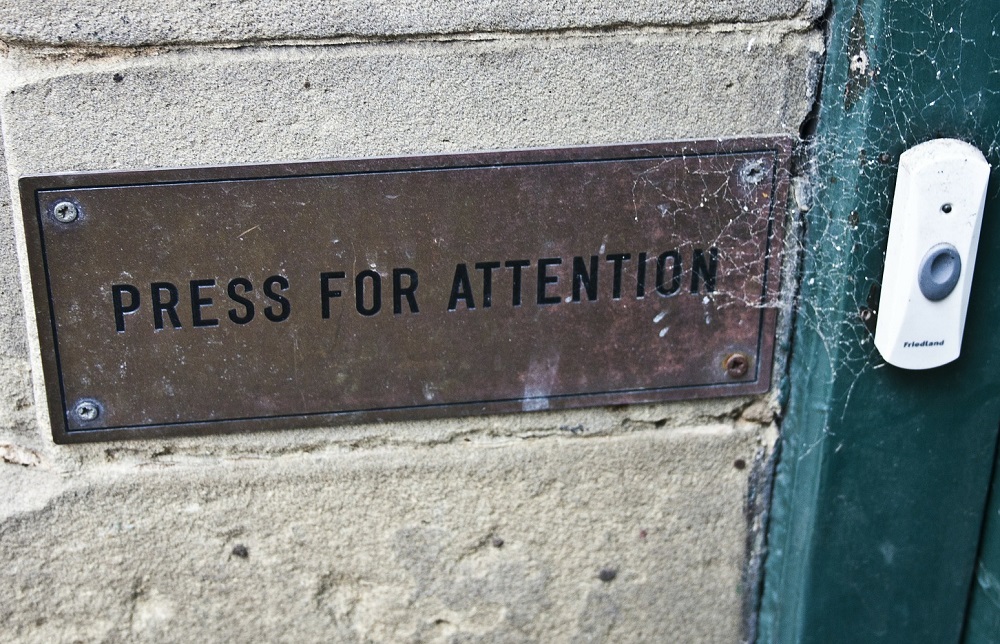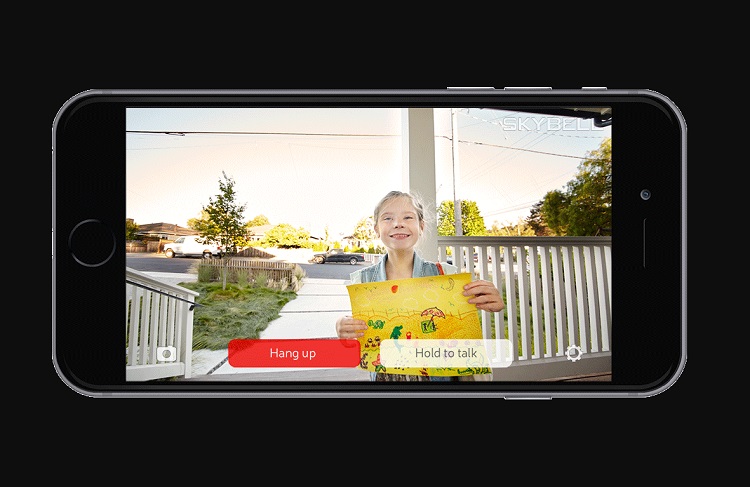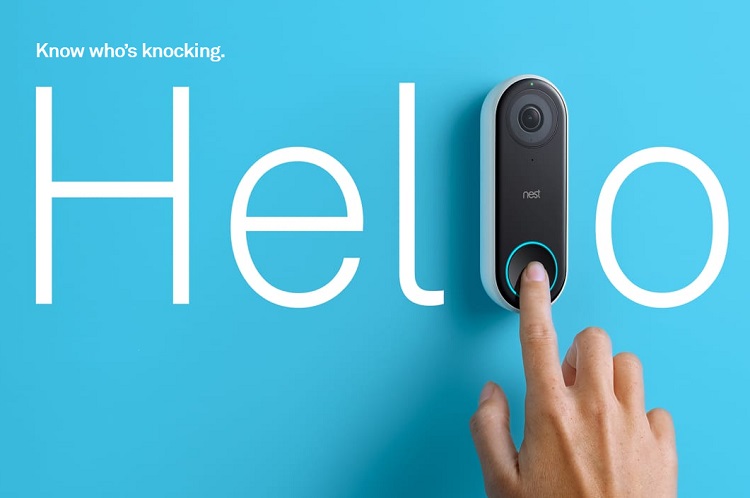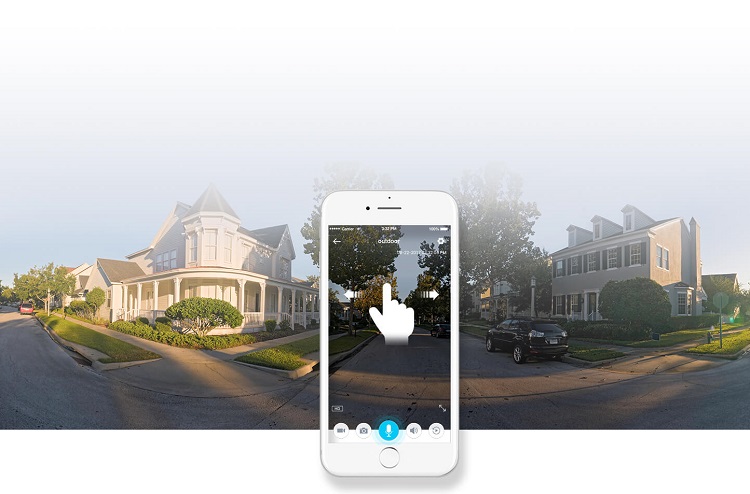Smart Doorbell Comparison – Ring vs Nest Hello vs Skylock vs Zmodo

Home security was not invented in this decade. However, it grew significantly more popular when the smart doorbell concept was introduced on Shark Tank a couple of years back.
Since then, the industry has grown into something amazing, and more and more startups decided to improve upon the initial concept.
What was once a simple monitoring system eventually gave birth to smart locks and a couple of other smart home accessories. Since smart locks are still quite clunky at the moment, and their level of security hasn’t really been tested, let’s just discuss the smart doorbells.
There are quite a few that just fly off the shelves as more and more people discover their usefulness. Let’s look at how some of the most popular smart doorbells stack up against each other.
Ring Doorbells
With plenty of exposure on ABC’s Shark Tank back in 2013, Ring, formerly known as Doorbot, hit the bigtime. The company is now owned by Amazon and one of the leading manufacturers of home security products.
The most popular item is the Ring Video Doorbell Pro. It’s a bit more expensive than its competition, but it’s loaded with features that include cloud storage, customizable motion detection, and more.
The Pro model is a lot more compact than earlier iterations. The design is sleek and features multiple color schemes to choose from. It is now easier to integrate with the exterior appearance of a home.

The Pro also captures 1080p videos and has night vision too. There’s also an integrated two-way audio system.
The most impressive feature is perhaps the new and enhanced motion detection. The industry standard usually revolves around setting the capture zones by distance. This new Ring video doorbell model does things differently.
Instead of using the traditional method, the Pro model allows users to set the zones by shape. You can now highlight only specific parts of your yard. You can highlight just the porch and not the driveway, and you can choose to only be alerted when someone is at your door.
The storage options are also nice. Ring offers you up to six months of recordings and a cloud recording option. The latter is optional and costs extra.
SkyBell
Another highly popular manufacturer is SkyBell. The company has two best-selling video doorbells called the SkyBell Trim Plus and the SkiBell HD. The Trim Plus is a slim design, but for all intents and purposes both cameras are packed with the same features.
Two-way audio is of course part of the deal. The motion sensor detects movements by distance and alerts you when someone’s close even if they don’t use the doorbell.
Night vision is also available in full color and HD quality. An interesting feature is the Silent Mode. From the SkyBell app you’re able to turn off the device’s sound alert and instead redirect it to your iOS device.
The construction of the SkyBell video doorbells is also quite impressive. They’re all rated IP54 which means you can use them all over the country in just about any weather conditions. They work well in the temperature range of -40 to 140 degrees.

The video storage is not too impressive. There’s a 500MB limit on video clips but there is a free cloud storage option to supplement that. It just makes getting a hold of videos and editing them a bit more time-consuming.
What is nice is that the SkyBell doorbells come with on-demand monitoring features. This means that you can remotely monitor the situation at any time instead of just getting a few alerts.
While it doesn’t have the adjustability of Ring video doorbells, it offers pretty much the same functionality and does so at a lower cost.
Nest Hello
The Nest Hello is the company’s only video doorbell at the moment. However, that doesn’t mean it’s not a huge success already. The camera offers a 4:3 aspect ratio so that you can easily look at visitors from head to toe.
It also has a facial recognition feature which you can use to turn off alerts for family members and friends. Because of this, it actually looks more like a security camera disguised as a video doorbell.
The Hello smart doorbell also integrates with Nest and Google products. However, you’ll need to pay a bit more to get everything running in tip-top shape. You’ll need the Nest Aware subscription for this.
One reason why some homeowners seem to pass on the Nest Hello smart doorbell is that it requires a hardwire connection. It hardly seems like a deal-breaker since it ensures a stable connection. And it’s also what you get for wanting a very small and discreet smart doorbell.
The video quality is high-end, but you’ll use a lot of bandwidth to upload videos. Unless you have a high-speed connection you might not want to run it 24/7.

The facial recognition feature is by far the top-selling point, so let’s talk about this a bit more. You’ll use the companion app to teach the camera about all the trusted visitors. The app works with both Android and iOS devices so you’re not platform-locked.
Once you feed enough snapshots into the gallery you can then manually select different snapshots from the same person and press Merge. This will allow the camera to recognize facial patterns with a higher degree of accuracy.
What’s cool about the motion detection feature is its adjustability. You can set it so that it only reacts and sends an alert if a person comes to your door. If not for this, depending on how your camera is positioned it’s not uncommon to have alerts triggered by moving cars or even animals.
You can also program some pre-recorded messages for when you’re away or if you simply can’t come to the door. All in all, the Nest Hello has good value for the money in a very small package.
Zmodo Greet Pro
Another smart doorbell that’s gaining more market share is the Zmodo Greet Pro. It’s more affordable than the Ring Pro but it offers the same video quality. It also offers a wider field of vision of 180 degrees, which is more than anything else on the market can provide.
Sure, being cheaper makes it somewhat clunky in some areas. For example, the app is not as user-friendly and customizable as the Ring app or the SkyBell app. There also seems to be a narrower optimum temperature range due to the choice of materials and design.

The Greet Pro operates well between 14 and 122 degrees. It might not be an ideal choice if you live way up North. While it doesn’t integrate with devices such as Alexa or Google Nest, the Greet Pro still offers plenty of functionality, especially given its low price tag and superior field of vision.
What to Look for in Smart Doorbells
What’s the most deciding factor when settling on a smart doorbell? Is it the price? Is it the image quality? What makes someone say this is the one I trust?
At the end of the day, it’s a matter of balancing particular requirements and budget. The price matters a lot as there can be huge discrepancies between a high-end model and a modest smart doorbell with limited features.
However, how much you end up paying should be a matter of what you need that smart doorbell to do. Do you want something with night vision? – Then either Ring or Skybell may have the answer. Do you want reliability while you’re out of town?
In that case, perhaps Nest is a better choice since it doesn’t rely on batteries. The Nest smart doorbells might also be a better fit if you’re not too paranoid by nature. Its facial recognition scan allows you to essentially turn it off selectively, based on who’s at your doorstep.
Maybe you want massive storage. Then Ring definitely has you covered. Even though you end up paying extra for the cloud storage, there’s no company that offers as much long-term storage as Ring. As a comparison, Nest only offers a couple of days of storage.
How important to you is the compatibility and connectivity with other devices around the house? If this is a potential deal-breaker, you won’t ever want to use a standalone device such as the Zmodo Greet Pro even if it’s cheap and has a superior field of view.
If you’re worried about installation, consider this. Battery-operated smart doorbells are a cinch to install. They don’t offer the same reliability when you’re leaving your home for a long period of time, but you won’t have to pay some guy for the installation either.
All in all, choosing a smart doorbell is just like choosing an article of clothing. You get something that fits the occasion and the scenario. The good news is that every year all manufacturers seem to be improving something either on the software or the hardware side of things.
Truth be told, if you just want something that can monitor your doorway or driveway and send you an alert when someone gets too close unannounced, you can’t go wrong with any of the smart doorbells presented in this article.
















